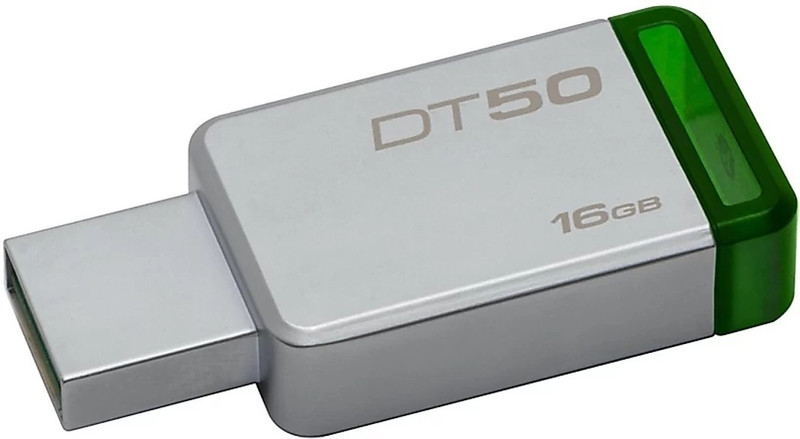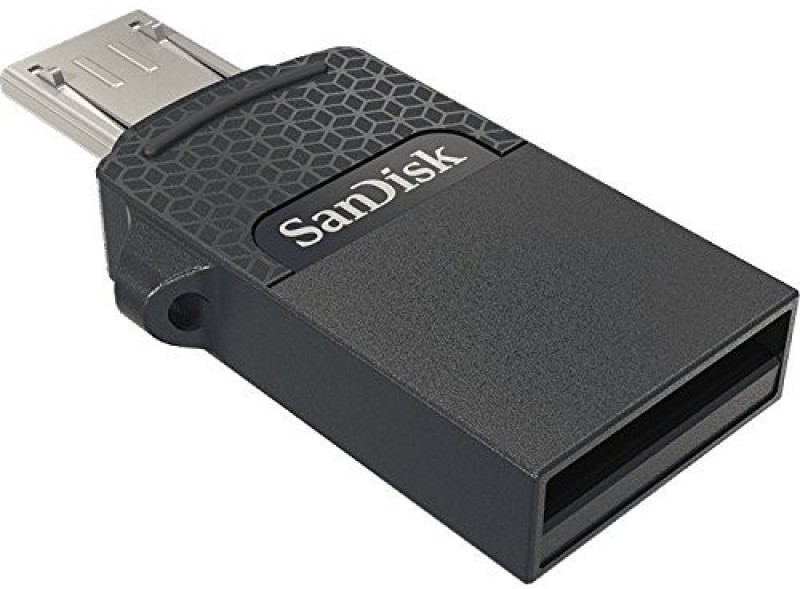10 Common Mistakes To Avoid While Using Mixer Grinder

The humble mixer grinder is such a powerful tool that can turn a pile of raw ingredients into a delicious, creamy paste in seconds. Whether you're preparing your favourite smoothie, grinding spices, or whipping up a batch of chutney, the mixer grinder is a true kitchen hero. However, it's easy to overlook the small details and make mistakes that can affect performance, damage the appliance, or even ruin your recipes. It's frustrating, isn't it? That grinding sound that suddenly goes from smooth to straining, or the uneven texture that doesn't resemble your imagined outcome.
But don't fret! You're not alone in making these mistakes. Many of us tend to fall into some common traps when using this essential appliance. In this article, we'll walk you through 10 of the most common errors people make while using their mixer grinders, and more importantly, how to fix them to enhance both the lifespan of the appliance and the taste of your food.
1. Overloading The Jar
We've all been there: trying to grind more ingredients than the jar can handle, thinking it will save time or effort. But in reality, overloading the jar is one of the quickest ways to put unnecessary strain on your mixer grinder. Not only does it affect the consistency of the blend, but it can also lead to overheating, causing your appliance to break down sooner than expected.
How to Fix It:
To avoid overloading, stick to the recommended capacity for your specific model. Most mixer grinders come with a maximum capacity label, be sure to follow that. Additionally, it's helpful to break down large amounts of ingredients into smaller batches. For instance, if you're grinding a large quantity of chutney, split it into two or more portions. This way, the mixer can work efficiently and without strain. Plus, you'll get a more consistent texture for your recipes!
2. Not Using The Right Speed Setting
Mixer grinders come with different speed settings, each designed for a specific function. Unfortunately, many people either underutilise or misuse these settings. For example, using a high-speed setting to grind soft fruits or vegetables is unnecessary and can cause splattering, while using a low setting for harder ingredients might result in uneven grinding.
How to Fix It:
Take time to understand the different speed settings on your mixer grinder. Generally, a high-speed setting is perfect for grinding dry ingredients like spices or coffee beans, while low speeds work best for softer ingredients like fruits, herbs, or batters. If you're unsure, start slow and gradually increase the speed. It's like a dance, you have to learn the rhythm of your machine. Pay attention to how your ingredients respond, and adjust accordingly.
3. Ignoring The Locking Mechanism
The locking mechanism of the jar is there for a reason. While it might seem like a small detail, not ensuring the jar is properly locked onto the base can result in messy splatters or even an appliance malfunction. This oversight can cause your ingredients to spill everywhere, creating a kitchen disaster.
How to Fix It:
Before you start grinding, always double-check that the jar is securely locked onto the base. You should hear a distinct "click" sound when the jar locks into place. Trust us, taking a few seconds to ensure everything is in place will save you the hassle of cleaning up later. Plus, it'll give you peace of mind that your mixer grinder is working as it should.
4. Grinding Wet Ingredients Without A Lid
Picture this: you're grinding a delicious paste of coriander, ginger, and green chillies when, suddenly, there's a flood of liquid splashing all over your kitchen. Grinding wet ingredients without the lid in place can create a mess that's not only frustrating but also wasteful.
How to Fix It:
Always ensure that the lid is securely in place before turning on the grinder. This simple step will prevent spills and splatters. If you're making a smoothie or grinding a wet paste, use the dedicated wet grinding jar if your model has one. These jars are designed to handle wet ingredients more efficiently. Keeping the lid on will also help maintain the flavour and prevent contamination from airborne particles. A little extra effort up front makes for a cleaner, more enjoyable process.
5. Using A Damaged Blade
Mixer grinder blades are sharp and strong, but over time, they can become dull or even break. Using a damaged blade will not only reduce the efficiency of your appliance but can also lead to uneven grinding or even motor damage as the machine tries to compensate.
How to Fix It:
Inspect your blades regularly. If you notice any signs of wear and tear, like rust or bluntness, it's time to replace them. Some models allow you to replace individual blades, so there's no need to buy a whole new jar. To maintain the sharpness of your blades, avoid grinding hard, inedible materials like stones or plastic by mistake. Also, ensure you clean the blades properly after each use to prevent any buildup that could cause rust or residue to impair their performance.
6. Not Cleaning The Mixer Grinder Regularly
A mixer grinder that's not cleaned properly can become a breeding ground for bacteria, stale odours, and unpleasant residues. Even though the motor might be working fine, the results will be far from ideal if there's gunk stuck on the blades or in the jar.
How to Fix It:
Make cleaning a regular habit. After each use, wash the jar, lid, and blades thoroughly. Use warm water and mild detergent to prevent residue buildup, and always dry the parts completely before storing them. For stubborn stains or odours, try soaking the parts in a mixture of water and vinegar or lemon juice. Regular cleaning helps maintain the hygiene of your kitchen and extends the life of your mixer grinder. It's also much easier to keep it in good condition if you don't let grime accumulate over time.
7. Not Paying Attention To The Power Cord
The power cord of your mixer grinder is often overlooked but is just as important as any other component. Tugging on the cord, twisting it too tightly, or leaving it in a vulnerable position can cause wear and tear, leading to a potential safety hazard or electrical failure.
How to Fix It:
When using the mixer grinder, avoid yanking on the power cord. Instead, plug it in securely and ensure it's not being pulled or stretched while the machine is in operation. When you're done, gently coil the cord without forcing it into sharp bends. Store it in a safe place where it won't be subjected to unnecessary wear. A little care goes a long way in preventing issues that could lead to costly repairs or even dangerous situations.
8. Using The Wrong Jar For The Job
Mixer grinders often come with multiple jars, each suited for specific tasks. Using the wrong jar for the job, like trying to grind spices in a jar meant for wet grinding, can lead to inefficient results, poor texture, and even motor strain.
How to Fix It:
Familiarise yourself with the different jars your mixer grinder comes with and use them for their intended purpose. The smaller jar is usually best for grinding spices, while larger jars are ideal for making smoothies or batters. If your model includes a dedicated dry jar, use it only for dry ingredients like nuts, seeds, or grains. By matching the right jar to the task at hand, you'll ensure a smoother, more efficient process, and help your mixer grinder last longer too.
Product Related To This Article
1. Longway Super Dlx 750 W Juicer Mixer Grinder
2. Skystar Supreme Elegant 750 W Juicer Mixer Grinder
3. Growsmart MegaGrind 1100 W Juicer Mixer Grinder
4. Sansui pro 750 W Juicer Mixer Grinder
5. Butterfly Arrow 500 W Juicer Mixer Grinder
6. HAVELLS GHFMGCIK050 / GHFMGCIE050 500 W Mixer Grinder
7. Crompton Mixers 750 W Mixer Grinder
8. Prestige Plus 750 W Juicer Mixer Grinder
In a world filled with kitchen gadgets, the mixer grinder stands as one of the most reliable and versatile appliances. But to truly get the best out of it, we need to avoid some of the common mistakes that can hinder its performance or lead to damage. By simply paying attention to overloading, speed settings, blade maintenance, and a few other small details, you'll not only extend the life of your mixer grinder but also improve the quality of your culinary creations.
Remember, the next time you're grinding that perfect masala mix or blending a fruit smoothie, be mindful of these simple fixes. You'll not only have a smoother, more efficient experience, but you'll also avoid the unnecessary frustrations of a poorly maintained appliance. So, let's treat our mixer grinders with the care they deserve, and they'll continue to serve us well in the kitchen for years to come.
Disclaimer: The images used in this article are for illustration purpose only. They may not be an exact representation of the products, categories and brands listed in this article.




























